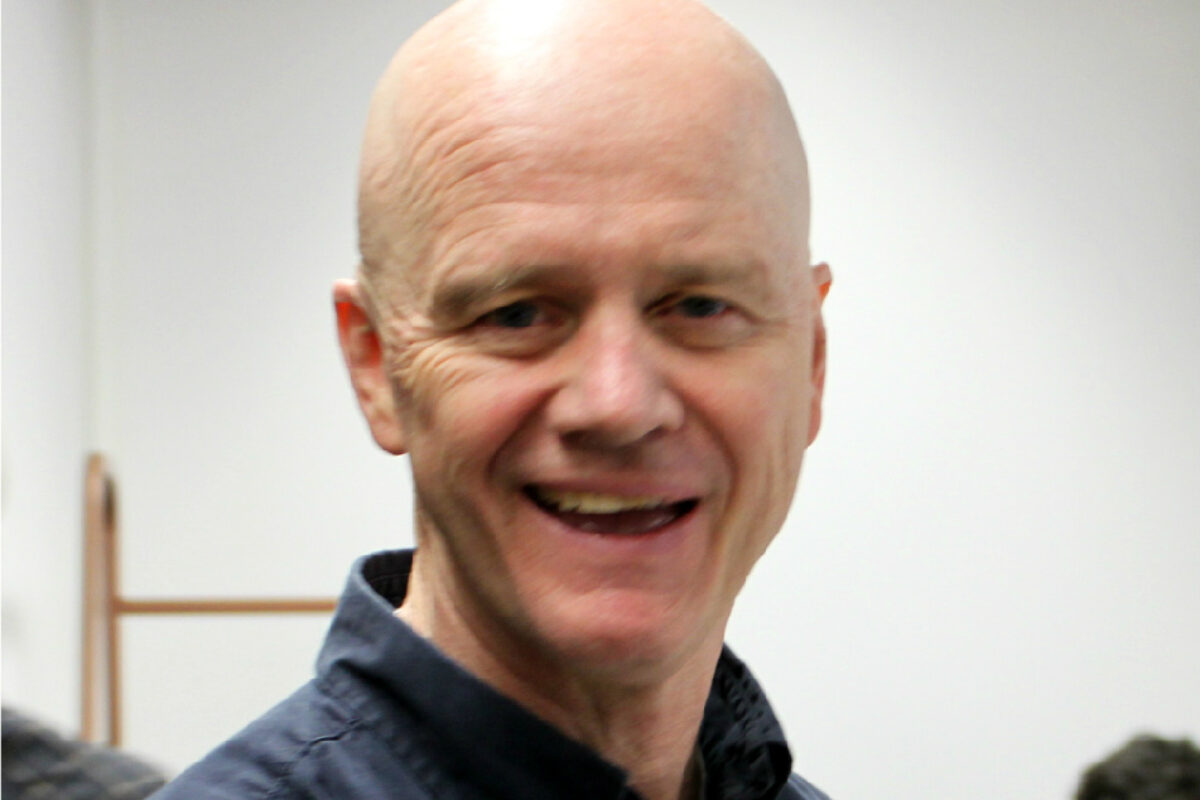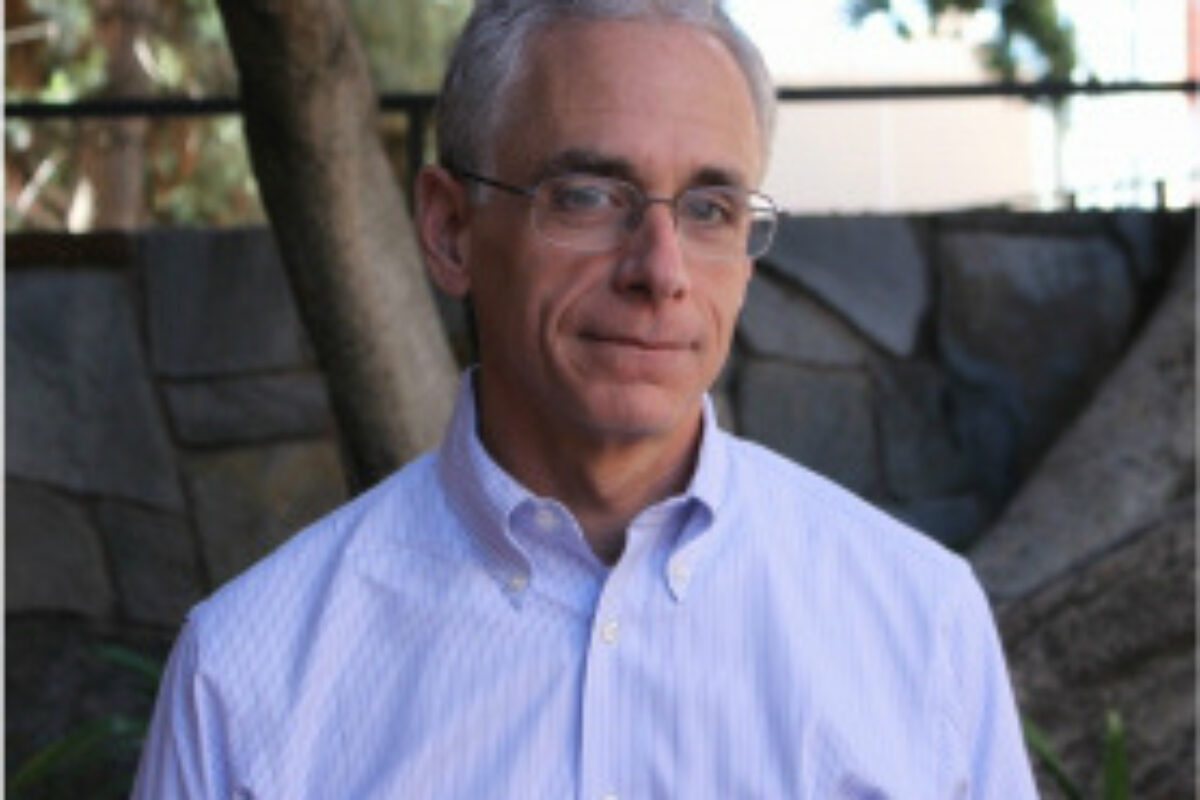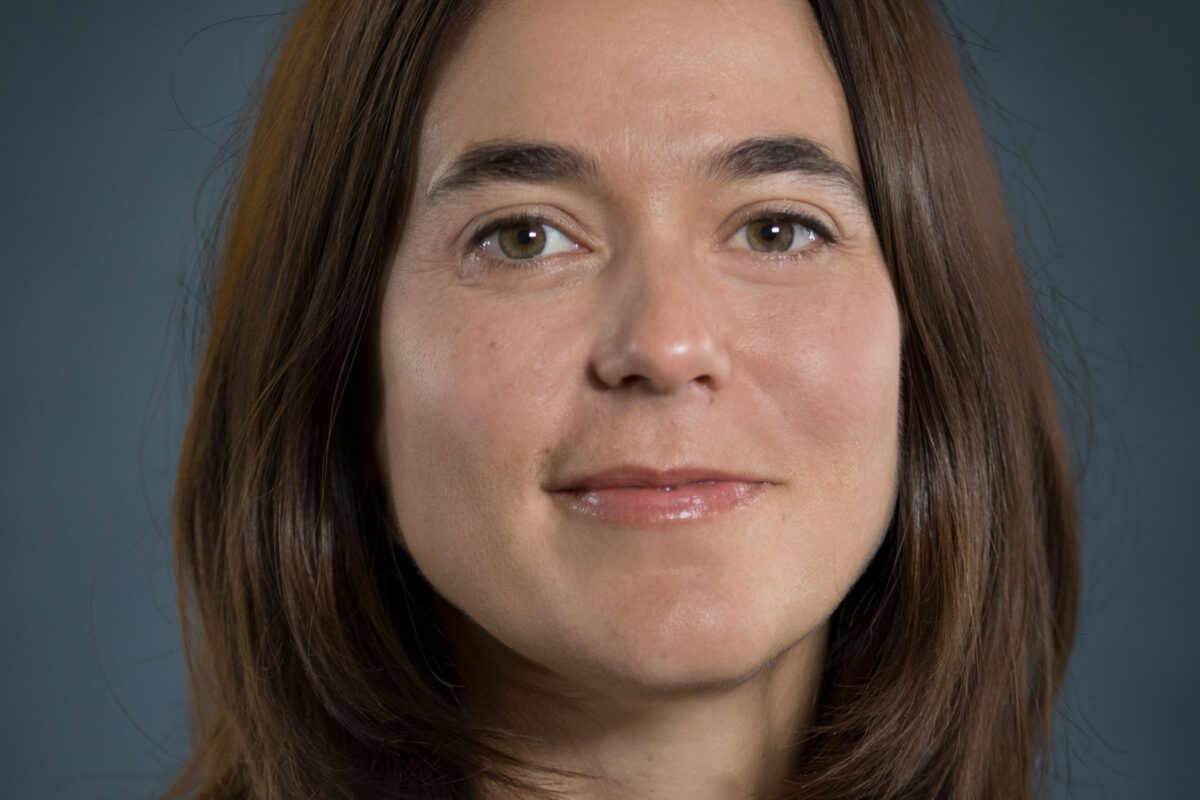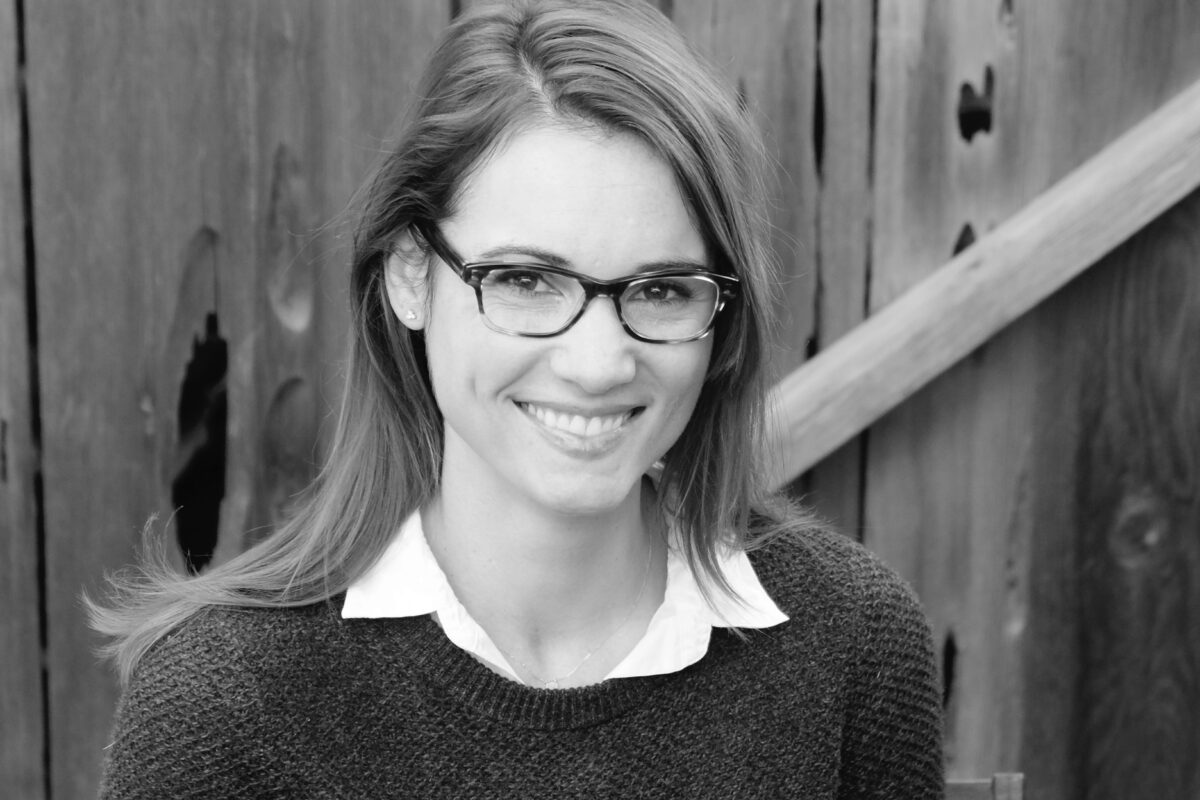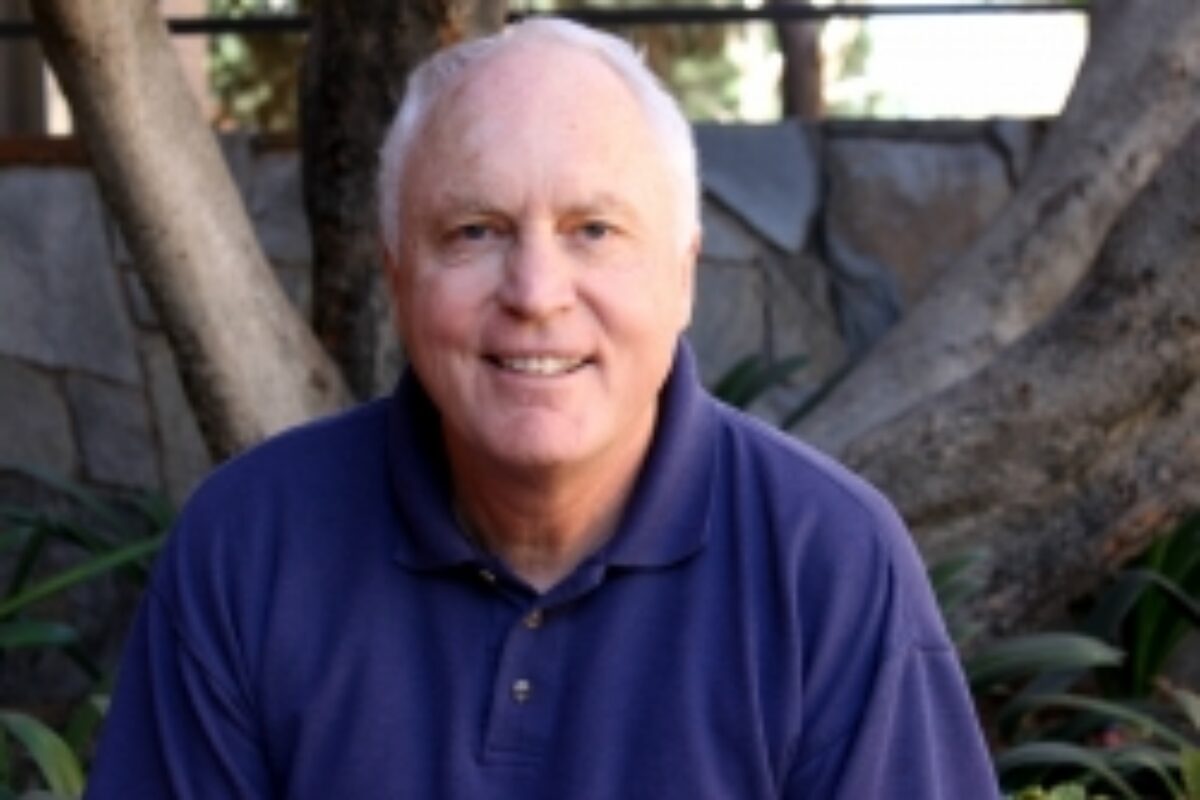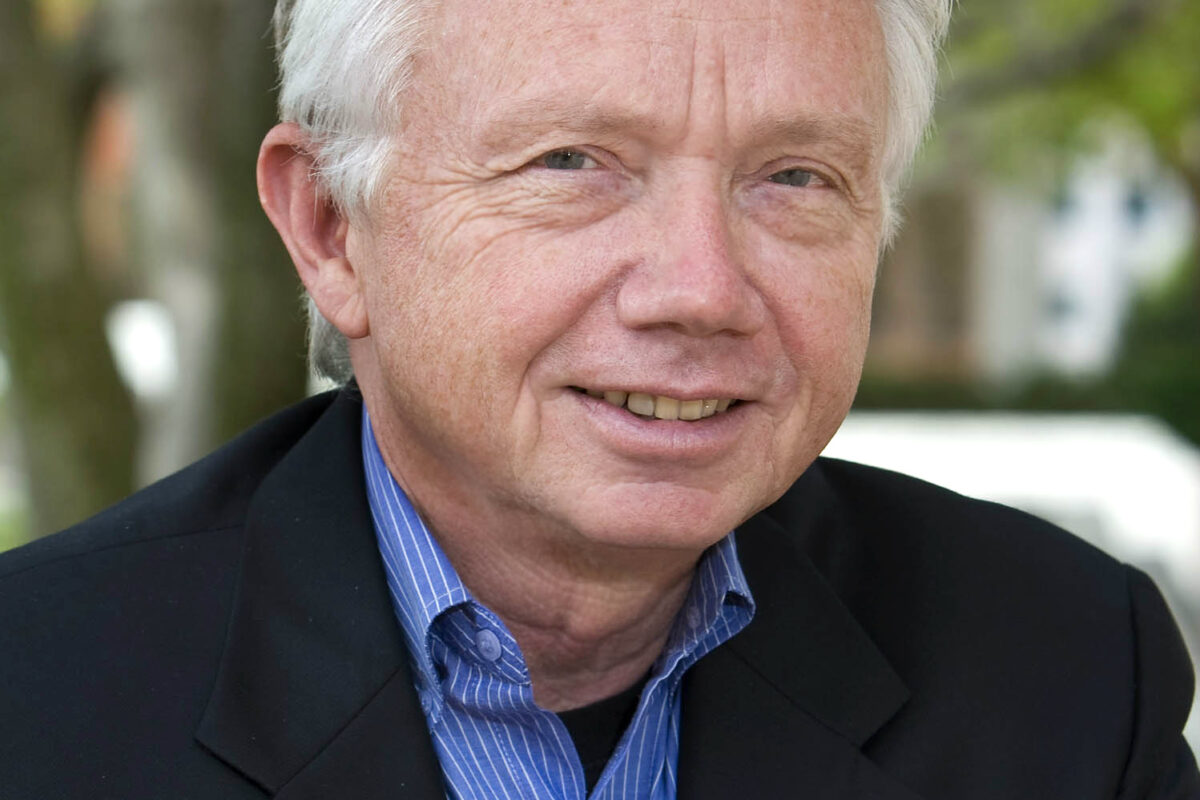Christine Samuel-Nakamura worked for multiple years in several Indian Health Service (IHS) and tribal hospitals/clinics as a nationally board certified Family Nurse Practitioner (FNP). A portion of her clinical work focused on chronic health conditions such as diabetes, renal failure, autoimmune disorders, and cancer. Her clinical work with these chronic health conditions led her to contemplate whether there is a connection between these chronic conditions and the community environment. These hypotheses ultimately led to her research question and work examining environmental contamination from U and other heavy metals. Dr. Samuel-Nakamura received her doctorate from UCLA and her dissertation study focused on U and associated heavy metals in the food chain on the Diné (Navajo) reservation. Her postdoctoral work examined U and heavy metals in a common AI herbal tea plant. Before joining the UCLA SON, Dr. Samuel-Nakamura was a Lecturer in the UCLA Interdepartmental Program in American Indian Studies (IDP-AIS). She is a member of the Diné Nation.
The focus of the laboratory is to determine the reasons for differential mouse strain responses to chemical agents that cause birth defects (teratogens). One of the malformations that has been induced by a wide variety of teratogens is postaxial forelimb ectrodactyly (absence of digits with the highest prevalence in the fifth digit then the fourth then the third, etc.) which occurs preferentially on the right limb as opposed to the left limb. This malformation has been produced in mice with acetazolamide, cadmium, carbon dioxide, dimethadione, diphenylhydantoin, ethanol, hyperthermia, retinoic acid (13-cis- and all-trans-) and valproic acid. These compounds include many documented human teratogens. In all cases where both the C57BL/6 and SWV mouse strains have been examined with these agents, the C57BL/6 strain is highly susceptible compared to the SWV strain. The goal of our experiments is to determine the reason for this consistent differential susceptibility. Alternatively, several teratogens have been examined in the same two strains for the ability to induce the neural tube defect exencephaly. For this malformation, the relative strain susceptibility is dependent on the specific teratogen. Thus, for some agents the C57BL/6 mouse is more susceptible and for other agents the SWV is more susceptible. Approaches that have been used to generate hypotheses regarding the cause of these strain differences include whole genome scanning followed by positional cloning, gene expression profiling, proteomic analysis, determining synexpression of limb development genes during the embryonic period following administration of the teratogen, and examining other malformations induced by the teratogens when administered at different gestational times that share the same strain susceptibility. Ongoing experiments are designed to determine the reasons for the different strain responses.
Timothy Malloy teaches Environmental Aspects of Business Transactions, Regulatory Lawyering, Regulation of the Business Firm, Environmental Policy and Politics, and Contracts. With Dr. John Froines of the School of Public Health, Malloy is Faculty Director of the interdisciplinary UCLA Sustainable Technology and Policy Program. After receiving his law degree, Professor Malloy clerked for Judge Donald W. VanArtsdalen of the U.S. District Court for the Eastern District of Pennsylvania. He joined the UCLA faculty in 1998, after spending a combined 11 years in practice at private firms and at the United States Environmental Protection Agency, Region III. Professor Malloy’s research interests focus on environmental, chemical and nanotechnology policy, regulatory policy, and organizational theory and decision analysis, with particular emphasis on the relationship between regulatory design and implementation and the structure of business organizations. In addition, he has worked and written extensively in the area of risk governance and prevention-based regulation, melding together his academic interests with his work in the Sustainable Technology Policy Program.
Select Publications:
Cushing LJ, K Vavra-Muser, K Chau, M Franklin, JE Johnston, “Flaring from unconventional Oil and Gas Development and Birth Outcomes in the Eagle Ford Shale in South Texas”, Environmental Health Perspectives (2020) 128(7): 770031-770039, PMCID: PMC7362742, doi: 10.1289/EHP6394
Johnston, J.E., K. Chau, M. Franklin, L. Cushing, “Environmental Justice Dimensions of Oil and Gas Flaring in South Texas: Disproportionate Exposure among Hispanic communities”, Environmental Science & Technology (2020), PMID: 32338877, doi: 10.1021/acs.est.0c00410
Johnston, J., and Cushing, L., “Chemical exposures, health, and environmental justice in communities living on the fenceline of industry”, Current Environmental Health Reports (2020), PMCID: PMC7035204, doi: 10.1007/s40572-020-00263-8
Yang, J., L. Cushing, R. Morello-Frosch, “An Equity Analysis of Clean Vehicle Rebate Programs in California”, Climatic Change (2020) doi: 10.1007/s10584-020-02836-w
Cushing L., Blaustein-Rejto D., Wander M., Pastor M., Sadd J., Zhu A., Morello-Frosch R. “Carbon trading, co-pollutants, and environmental equity: Evidence from California’s cap-and-trade program (2011–2015)”, PLOS Medicine (2018) 15(7): e1002604, PMCID: PMC6038989, doi: 10.1371/journal.pmed.1002604
Cushing, L., J. Faust, L. August, R. Cendak, W. Wieland and G. Alexeeff, “Racial/ethnic disparities in cumulative environmental health impacts in California: evidence from a state-wide environmental justice screening tool (CalEnviroScreen 1.1)”, American Journal of Public Health (2015) 105(11): 2341-2348, PMCID: PMC4605180, doi: 10.2105/AJPH.2015.302643
Cushing, L., R. Morello-Frosch, M. Wander and M. Pastor, “The Haves, the Have-nots, and the Health of Everyone: The Relationship between Social Inequality and Environmental Quality”, Annual Review of Public Health (2015), 18(36): 193-209, PMID:25785890, doi: 10.1146/annurev-publhealth-031914-122646
About:
Miriam Marlier is an Assistant Professor of Global Environmental Change in the Environmental Health Sciences Department at the UCLA Fielding School of Public Health. She is an interdisciplinary environmental scientist with broad interests in examining interactions between environmental change and public health using remote sensing data and interdisciplinary modeling techniques. Some of her recent research projects include forecasting the influence of different conservation and development policies in Indonesia on fire emissions, air pollution, and regional public health outcomes, measuring the effect of agricultural waste burning on air quality in India, understanding the physical climate drivers of fire activity in the western U.S., and using remote sensing data to improve responses to natural disasters. Dr. Marlier previously worked as an Associate Physical Scientist at the RAND Corporation.
Recent Publications
Impacts of COVID-19 response actions on air quality in China
Marlier ME, Xing J, Zhu Y, Wang S. Impacts of COVID-19 response actions on air quality in China. Environmental Research Communications. 2020 Jul 17;2(7):075003.
Selected Publications
Marlier, M.E., T. Liu, K. Yu, J.J. Buonocore, S.N. Koplitz, R.S. DeFries, L.J. Mickley, D.J. Jacob, J. Schwartz, B.S. Wardhana, and S.S. Myers. “Fires, smoke exposure, and public health: An integrative framework to maximize health benefits from peatland restoration.” GeoHealth. 3: 178-189. 2019.
Liu, T., M.E. Marlier, R.S. DeFries, D.M. Westervelt, K.R. Xia, A.M. Fiore, L.J. Mickley, D.C. Cusworth, and G. Milly. “Seasonal impact of regional outdoor biomass burning on air pollution in three Indian cities: Delhi, Bengaluru, and Pune.” Atmospheric Environment. 172: 83-92. 2018.
Marlier, M.E., M. Xiao, R. Engel, B. Livneh, J.T. Abatzoglou, and D.P. Lettenmaier. “The 2015 drought in Washington State: A harbinger of things to come?” Environmental Research Letters. 12: 114008. 2017.
Marlier, M.E., A.S. Jina, P.L. Kinney, and R.S. DeFries. “Extreme Air Pollution in Global Megacities.” Current Climate Change Reports. 2(1): 15–27. 2016.
Koplitz, S.N., L.J. Mickley, M.E. Marlier, J.J. Buonocore, P.S. Kim, T. Liu, M.P. Sulprizio, R.S. DeFries, D.J. Jacob, J. Schwartz, M. Pongsiri, and S.S. Myers. “Public health impacts of the severe haze in Equatorial Asia in September-October 2015: demonstration of a new framework for informing fire management strategies to reduce downwind smoke exposure.” Environmental Research Letters. 11 (9): 094023. 2016.
Marlier, M.E., R.S. DeFries, P.S. Kim, S.N. Koplitz, D.J. Jacob, L.J. Mickley, and S.S. Meyers. “Fire emissions and regional air quality impacts from fires in oil palm, timber, and logging concessions in Indonesia.” Environmental Research Letters. 10(8): 085005. 2015.
Marlier, M.E., R.S. DeFries, P.S Kim, D.L.A. Gaveau, S.N. Koplitz, D.J. Jacob, L.J. Mickley, B.A. Margono, and S.S. Myers. “Regional air quality impacts of future fire emissions in Sumatra and Kalimantan.” Environmental Research Letters. 10(5): 054010. 2015.
Marlier, M.E., R. DeFries, D. Pennington, E. Nelson, E.M. Ordway, J. Lewis, S.N. Koplitz, and L.J. Mickley. “Future fire emissions associated with projected land use change in Sumatra.” Global Change Biology. 21(1): 345–62. 2015.
Marlier, M.E., A. Voulgarakis, D.T. Shindell, G. Faluvegi, C.L. Henry, and J.T. Randerson. “The role of temporal evolution in modeling atmospheric emissions from tropical fires.” Atmospheric Environment. 89: 158-68. 2014.
Marlier, M.E., R.S. DeFries, A. Voulgarakis, P.L. Kinney, J.T. Randerson, D.T. Shindell, Y. Chen, and G. Faluvegi. “El Niño and health risks from landscape fire emissions in Southeast Asia.” Nature Climate Change. 3: 131-36. 2013.
Richard Jackson is a Professor at the Fielding School of Public Health at the University of California, Los Angeles. A pediatrician, he has served in many leadership positions in both environmental health and infectious disease with the California Health Department, including the highest as the State Health Officer. For nine years he was Director of the CDC’s NationalCenter for Environmental Health in Atlanta and received the Presidential Distinguished Service award. In October, 2011 he was elected to the Institute of Medicine of the National Academy of Sciences.
While in California he was instrumental in conceptualizing laws to reduce risks from pesticides, especially to farm workers and to children. While at CDC he was a national and international leader, including leading the federal effort to “biomonitor” chemical levels in the US population. He has received the Breast Cancer Fund’s Hero Award, as well as Lifetime Achievement Awards fromthe Public Health Law Association, and the New Partners for Smart Growth. In October, 2012 he received the John Heinz Award for Leadership in the Environment.
Dick Jackson co-authored two Island Press Books: Urban Sprawl and Public Health in 2004 and Making Healthy Places in 2011. He is host of a 2012 public television series Designing Healthy Communities which links to the J Wiley & Sons book by the same name. He has served on many environmental and health boards, as well as the Board of Directors of the American Institute of Architects. He is an elected honorary member of both the American Institute of Architects and the American Society of Landscape Architects.
Magali Delmas is a Professor of management at the University of California Los Angeles. Standing at the crossroads of policy and management, Magali Delmas’ research focuses on the various interactions between environmental policy and business strategy at the national and international level. She seeks to understand how environmental policies influences firms’ strategies and performance and in turn how firms help shape environmental policy. Magali Delmas’ current work includes the analysis of the effectiveness of firms’ voluntary actions to mitigate climate change. She is involved in several projects related to firms’ voluntary strategies to reduce greenhouse gases in the electric utility sector. She is also engaged in refining current methodologies to measure and communicate firm’s and products’ environmental performance. Previous to embarking on an academic career she worked at the European Commission as the economic advisor of the Director for Industry.



